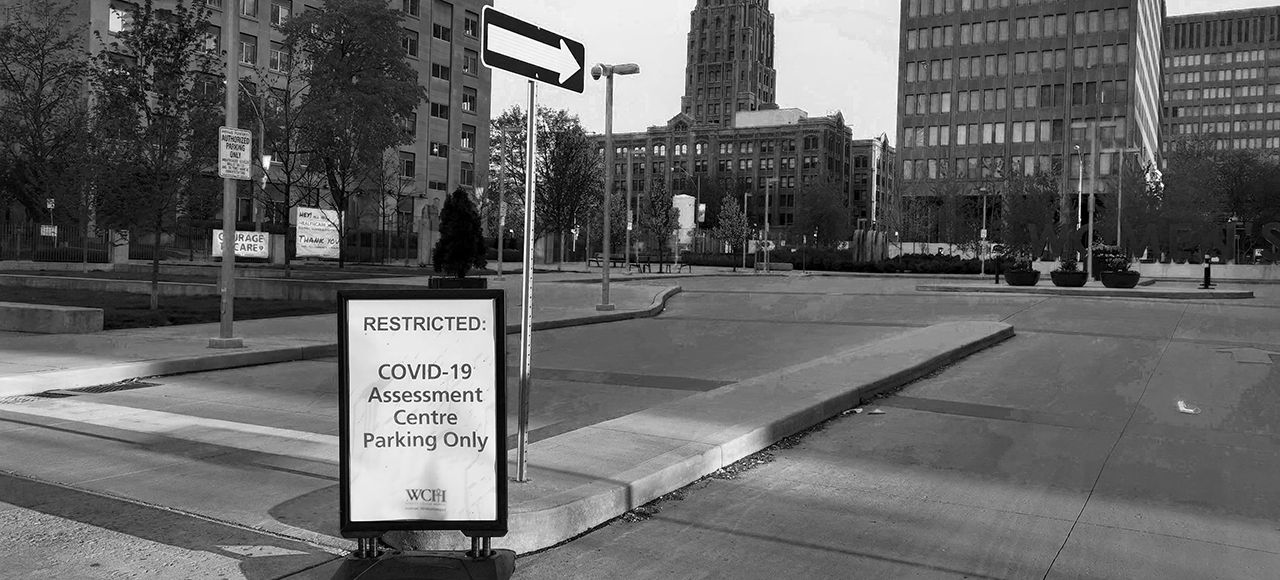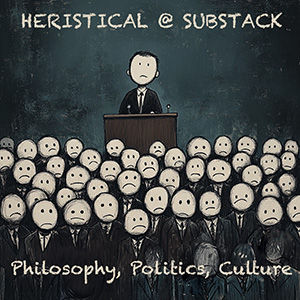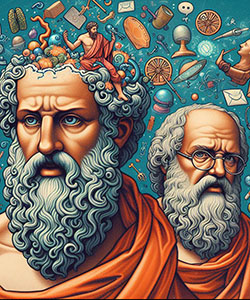
The Plague, by Albert Camus was first published in 1947.
As I write, the world collectively continues to bear the weight of the coronavirus pandemic; it wears on without clear end in sight. I found myself hesitant, therefore, to pick up Albert Camus’ The Plague, worried it would only increase my general unease. What struck me upon rereading this classic is how well Camus succeeds at capturing the feel of this nearly unimaginable experience, especially for someone who had never endured it himself. Far from adding to my apprehension, Camus’ book offers moments of catharsis and hope.
Camus researched various plagues throughout history in order to prepare for his fictionalised account of an epidemic consuming the Algerian coastal town of Oran one April. Published in 1947, The Plague focuses on the character of Bernard Rieux, a doctor in Oran. In the opening pages, Rieux notices an ominously increasing number of dead rats around town. The townspeople are repulsed by this growing problem but are otherwise not concerned about what is clearly a formidable threat to the animals living among them. If recent environmental crises have taught us anything, it is that this kind of wilful neglect will haunt the people of Oran.
With the first series of deaths displaying the same curious symptoms, town officials squabble about whether or not the deaths qualify as an “epidemic” and how seriously they should take it. They nervously note how poorly prepared they are with the necessary equipment to treat large numbers of stricken people. Officials advise locals to “practice extreme cleanliness” while privately worrying about how many hospital beds are available. The number of deaths rise, and Oran officials decide it is time to close the town. Businesses are shuttered. Daily deaths are counted. Protective masks are sought. Fake antidotes are advertised. “This here damned disease,” one character says, “even them who haven’t got it can’t think of anything else.” Most of all is the waiting.
Camus dedicates many pages to how the residents of Oran attempt to cope as the plague aggressively descends upon the town. He recognises the mental toll involved in the isolation, in hearing the daily death count, and in the dull inactivity and fear that plague brings. Poignantly capturing the surreal relation to time, Camus writes, “It was undoubtedly the feeling of exile – that sensation of a void within which never left us, that irrational longing to hark back to the past or else to speed up the march of time.” While we longingly remember the freedom of movement and connection we took for granted in the past, we also longingly look to the future and returning to some sort of normalcy.
And yet there is beauty and meaning in this “void”: Rieux describes a daily “sort of dress parade of youths and girls”, which reveals the “frantic desire for life that thrives in the heart of every great calamity”. It soon becomes clear that Camus regards “plague” as the metaphorical plight of us all since we will all eventually face our own death. “Each of us has the plague within him,” declares the character Tarrou. How shall we regard this harsh reality? Camus’ characters refuse to be overwhelmed by the plague, meeting it time and again with resistance. The townsfolk form voluntary “sanitary squads” to help victims, despite the personal risks involved, because there is “certitude a fight must be put up”. Death may eventually await all of us, but together we can fight the best we can to delay each one.
Camus offers solace as both we and the people of Oran collectively mourn the many deaths and mourn the lives we once knew, with a wary eye to the future. What he offers in particular is a meaningful path forward out of the darkness by emphasising his faith in humanity and our willingness to face these burdens together. “On this earth there are pestilences and there are victims,” Tarrou surmises, “and it’s up to us, so far as possible, not to join forces with the pestilences.” As Rieux bears witness to the events of the plague-stricken Oran, he realises the importance of courage, which represents the difference between being swallowed up by the plague or prevailing over it.
As things slowly return to normal and people resume their daily lives, Camus describes a sense of comradeship that persists among the people of Oran, who are deeply aware of what they have endured together. It is strangely comforting when townsfolk catch sight of the rats returning, this time indicating signs of normalcy and relative health, akin to the dove returning with an olive branch.
As different parts of the world cautiously begin tentative attempts to reopen, I am reassured by the overwhelming beauty and compassion that emerged during the pandemic. From the lovely impromptu symphonies that arose from Italian balconies to the nurses returning home from work met with applause by their neighbours, Camus would encourage us to rejoice in this “common decency”, as Rieux calls it, that holds us together. Camus’ The Plague shows us the worth of “the path of sympathy” in these troubling times or, as Rieux says, that “a loveless world is a dead world”.
Margaret Betz is an assistant teaching professor of philosophy at Rutgers University – Camden, and is the author of the book The Hidden Philosophy of Hannah Arendt.

